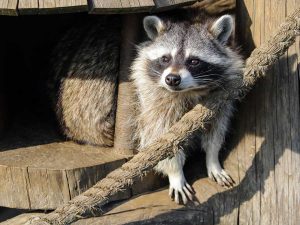
Florida has a milder climate than most other areas of the country, with hot summers and relatively warm winters. This makes encountering a hibernating animal a rarity in the Central Florida area. While there are many species of critters that hibernate all over the world, the raccoon is not one of them. However, their adaptable nature allows them to thrive during colder months by changing their diets and seeking shelter.
Instinctive Behaviors of Raccoons
Here are a few behaviors that raccoons adopt during the winter to increase their ability to survive.
-
Wintertime dieting

Raccoons are natural omnivores, which comes in handy to them when food sources become scarcer in the winter. For most of the year their diet consists primarily of plants, eggs, insects, and garbage thrown out by humans; but during the winter they will eat acorns, fruits, and even small or crippled animals if available.
-
Increasing fat reserves
Much like how hibernating animals increase their food intake to build their fat reserves before going to sleep for the winter, raccoons plump themselves up in the months leading up to winter. Instead of being their sole source of nourishment, these fat stores supplement the raccoon’s diet and make it easier to survive if no food is available for an extended period.
-
Taking shelter
Shelter is important for all living creatures when winter arrives, and raccoons are no exception. They will build dens or seek shelter in hollowed out trees or buildings if the opportunity is presented to them.
-
Torpor
Similar to hibernation in some ways, torpor is an energy-conserving state that raccoons enter during the winter. They can sleep in a curled up position in their den for weeks at a time which reduces the amount of food and energy needed to survive. When torpor occurs, the raccoon’s body temperature and blood sugar drop significantly to further reduce their body’s nutritional needs. During torpor, raccoons can sometimes wake up on warmer days to forage for food before returning to their den. This periodic awakening allows them to stay more alert for predators.
The Danger of Invasive Raccoons
If you come across a raccoon on your Orlando property at any time of the year, keep a safe distance and do not try and capture or remove the wild animal on your own. Raccoons are unpredictable critters that can attack, bite, and scratch if provoked or threatened. They are also known to carry contagious diseases like rabies that can easily spread to humans and pets.
Rely on Professional Raccoon Removal Services in Orlando
When you notice raccoons in your home or on your Central Florida property, be sure to contact the team of professional raccoon removal specialists at Critter Control® of Orlando. Call us today at 407-295-7194 to schedule an inspection and receive a free raccoon removal estimate.




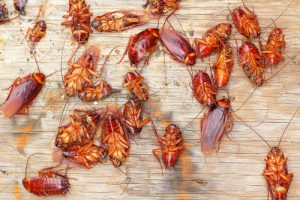
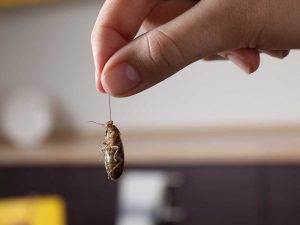 There is no true way to test the effectiveness of ultrasonic repellent devices. The device plugs directly into a wall outlet and only offers an indicator light to let you know it is turned on. It is also silent as its short-range, high-frequency sounds cannot be heard by humans. Basically, you plug them in, cross your fingers, and wait for the pest to be driven away.
There is no true way to test the effectiveness of ultrasonic repellent devices. The device plugs directly into a wall outlet and only offers an indicator light to let you know it is turned on. It is also silent as its short-range, high-frequency sounds cannot be heard by humans. Basically, you plug them in, cross your fingers, and wait for the pest to be driven away.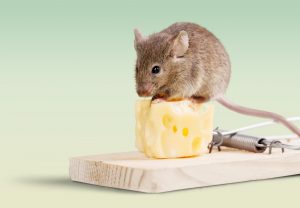
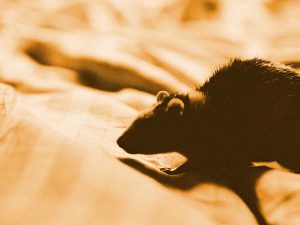 Fortunately, pest control and removal methods have advanced to include more humane, effective, and mice removal practices, including:
Fortunately, pest control and removal methods have advanced to include more humane, effective, and mice removal practices, including: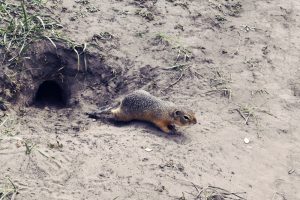
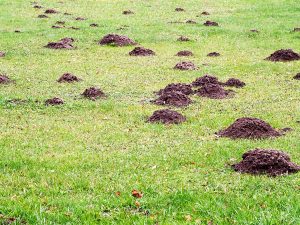 Common Burrowing Animals in Orlando
Common Burrowing Animals in Orlando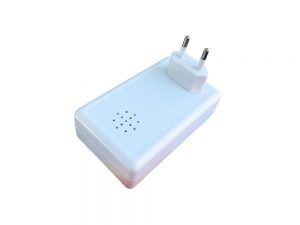
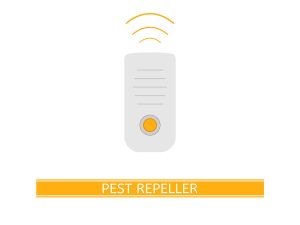 Is Ultrasonic Pest Repellent Effective?
Is Ultrasonic Pest Repellent Effective?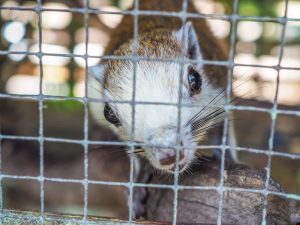
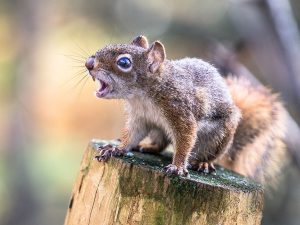
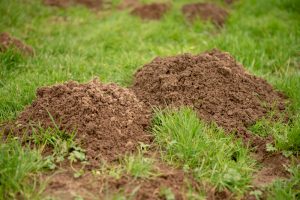
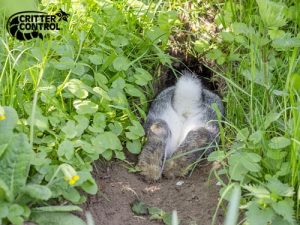 One option to prevent wildlife from entering and destroying your property with their destructive digging is to create a fenced barrier around your yard’s perimeter. The slick texture of vinyl fences can prevent wildlife from scaling its tall sides, while the narrow slots of mesh-wire fencing works best to keep pests from squeezing through. Just be sure to bury the fencing between six to ten inches below ground to prevent wildlife from digging beneath it. While perimeter fencing can act as a good wildlife deterrent, it can be an expensive investment that often requires approval from Homeowners Associations before installation.
One option to prevent wildlife from entering and destroying your property with their destructive digging is to create a fenced barrier around your yard’s perimeter. The slick texture of vinyl fences can prevent wildlife from scaling its tall sides, while the narrow slots of mesh-wire fencing works best to keep pests from squeezing through. Just be sure to bury the fencing between six to ten inches below ground to prevent wildlife from digging beneath it. While perimeter fencing can act as a good wildlife deterrent, it can be an expensive investment that often requires approval from Homeowners Associations before installation.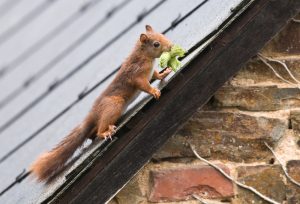
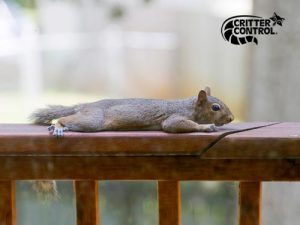
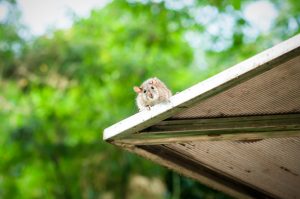 You know how to prepare for hurricane season in Orlando, but are you ready for what comes after the storm? If the inclement conditions of hurricane season take a toll on your roof, it can open up new entrances for displaced wildlife to nest in your home, spread disease, and cause even more damage. The safety of your family is the most crucial thing both during and after a hurricane, which is why deterring pests should be a major part of your post-storm plan.
You know how to prepare for hurricane season in Orlando, but are you ready for what comes after the storm? If the inclement conditions of hurricane season take a toll on your roof, it can open up new entrances for displaced wildlife to nest in your home, spread disease, and cause even more damage. The safety of your family is the most crucial thing both during and after a hurricane, which is why deterring pests should be a major part of your post-storm plan.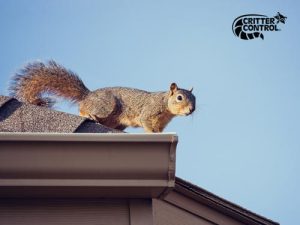 Of course, the best way to prevent pests from entering your home after a hurricane is to professionally seal the entry points that opened in your roof, but other areas of your home need attention as well. Additional ways to prevent pests from entering your home after a hurricane include:
Of course, the best way to prevent pests from entering your home after a hurricane is to professionally seal the entry points that opened in your roof, but other areas of your home need attention as well. Additional ways to prevent pests from entering your home after a hurricane include: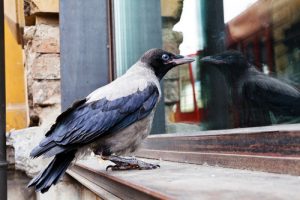
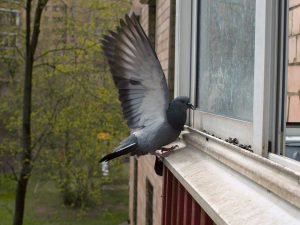 Try dulling the reflection of your window from both the inside and outside.
Try dulling the reflection of your window from both the inside and outside.
